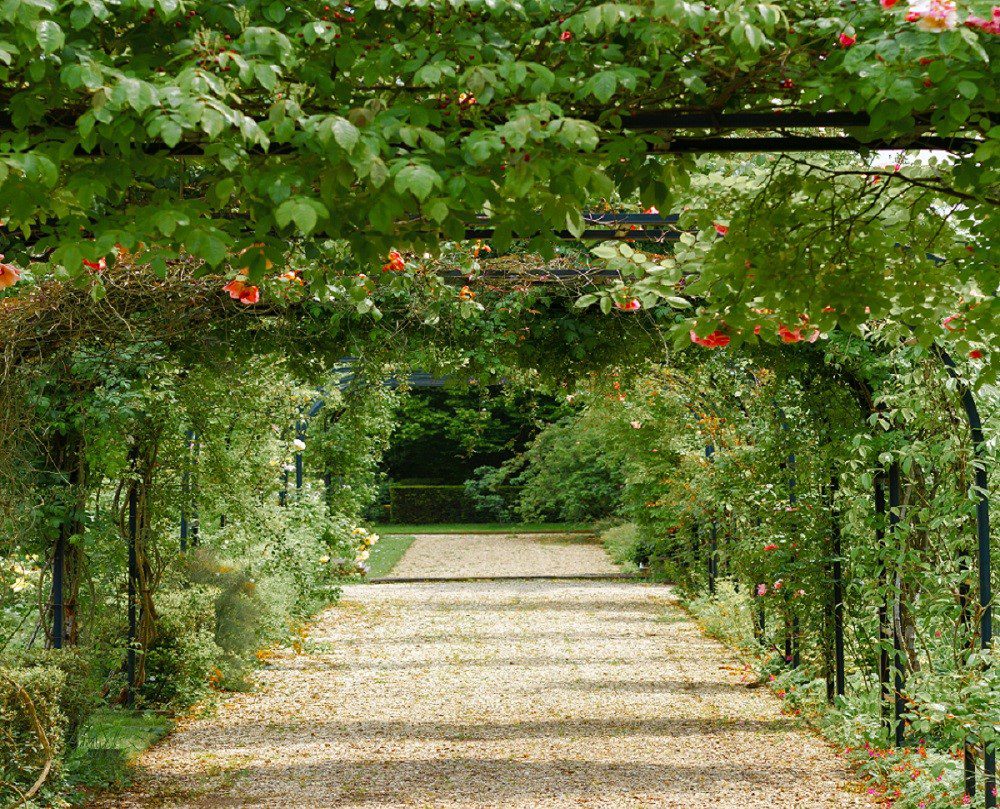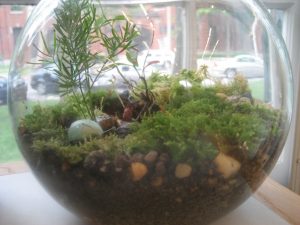Last Updated on August 13, 2023 by teamobn
Vertical gardens are an innovative and sustainable way to bring nature into our homes, businesses, and cities. Vertical gardens are popularly used to bring nature into urban spaces that do not have access to green space, as well as to decorate more traditional green spaces.
Vertical gardens not only bring beauty and life to the area, but they also provide multiple benefits in terms of air quality, energy savings, and noise reduction. Vertical gardens can help harness nature’s power and create a healthier, more sustainable environment for all.
In this blog post, we will explore the many benefits of vertical gardens, the different ways to incorporate them into your home or business, and some of the innovative uses of vertical gardens for harnessing nature’s power. Let’s begin!

1. Benefits of vertical gardens
Contents
- 0.1 1. Benefits of vertical gardens
- 0.2 2. Different types of vertical gardens
- 0.3 3. Supplies needed to create a vertical garden
- 0.4 4. Preparing the soil for a vertical garden
- 0.5 5. Planting and maintaining a vertical garden
- 0.6 6. Combining plants for a successful vertical garden
- 0.7 7. Choosing the ideal location for a vertical garden
- 0.8 8. Utilizing a vertical garden to conserve energy
- 1 The Takeaway
Vertical gardens are one of the best ways to bring nature into urban spaces. Not only do they look stunning and provide a bit of lush greenery in the middle of a concrete jungle, but they also offer a range of benefits. They can help reduce air pollution, since plants filter out harmful toxins, and they can help increase biodiversity since they offer habitats to a range of creatures.
Aside from providing a place of beauty and respite to urban dwellers, trees can also help to reduce the urban heat island effect. As they absorb heat, they cool the air around them, offering much-needed relief from the sweltering heat of cities. Not only do they benefit the environment, but they also make outdoor spaces more pleasant and inviting.
Planting trees in cities is a great way to help safeguard the environment and make cities a more pleasant place to live.
They can also help to reduce stress, as they provide a calming and peaceful atmosphere. By harnessing the power of nature through vertical gardens, urban dwellers can reap many benefits.
2. Different types of vertical gardens
Vertical gardens are an incredibly versatile way to bring nature into your home or office. There are several types of vertical gardens available, each offering a unique way to grow plants in small, confined spaces. Hydroponic vertical gardens are one of the most popular types of vertical gardens, as they use nutrient-rich water instead of soil to allow plants to thrive.
Wall gardens, which are mounted on walls, are another great option for those who want to bring greenery indoors. And, hanging gardens are a great choice for those who want to add a touch of greenery to outdoor spaces such as balconies or terraces. Each type of vertical garden has its own distinct advantages, so be sure to consider your needs and space when selecting the right one for you.
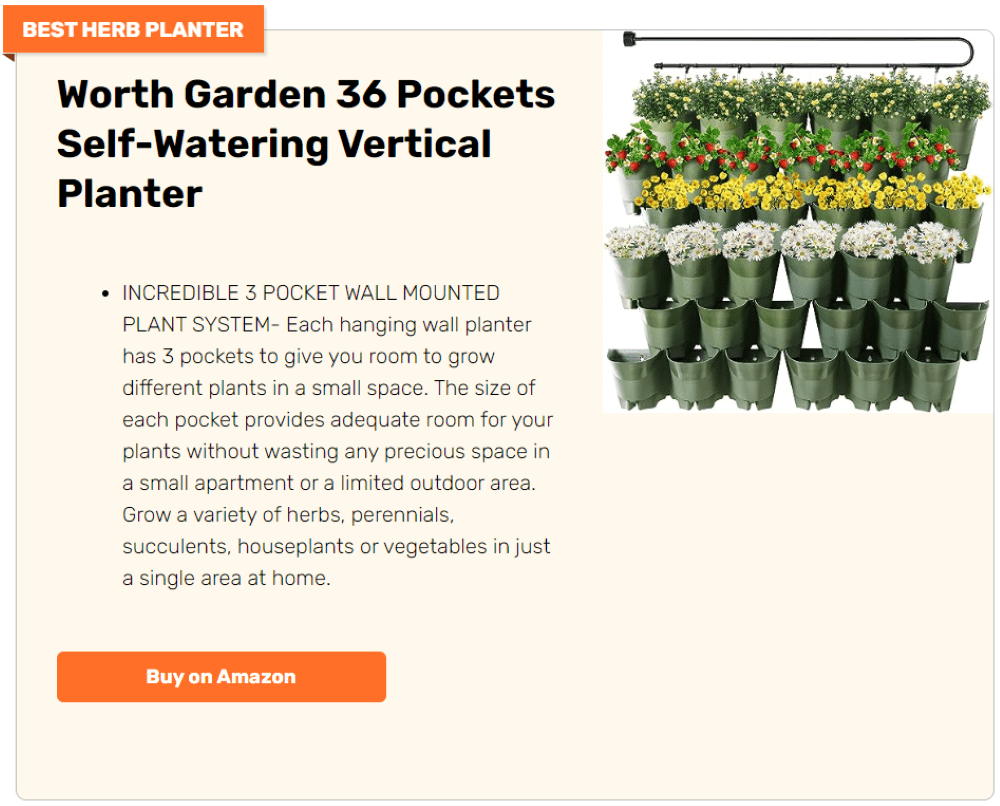
3. Supplies needed to create a vertical garden
Vertical gardens are a great way to add a stylistic and green touch to any space, indoors or out. To create a vertical garden, you will need a few supplies. First, you’ll need a framework. This could be a wall or a trellis, depending on the size and type of plants you are using.
Next, you’ll need to choose the plants you want and make sure you have the right soil and potting supplies. And, you’ll need a way to water the plants regularly, such as a drip irrigation system or a hose with a timer.
With these supplies, you’ll be ready to begin creating your own vertical garden, and start enjoying the beauty and nature it brings.
4. Preparing the soil for a vertical garden
Preparing the soil for a vertical garden is an essential step in achieving a successful outcome. The soil should be well-drained and nutrient-rich, with a slightly acidic pH balance of around 6.5. A soil test is recommended to ensure the ideal balance of microorganisms and macro-nutrients.
Organic matter like compost and composted manure should be incorporated into the soil to provide a source of nutrients and improve drainage. Also, it is important to note that the soil should be slightly looser than normal to avoid compaction.
Creating the ideal conditions for your vertical garden to thrive isn’t just a matter of luck; it takes time and effort to properly prepare the soil. Tilling and amending the soil with nutrients such as fertilizer and compost can give your vertical garden the best possible foundation for success.
Carefully and thoughtfully prepare the soil for a vertical garden, to ensure that your plants will have all the sustenance they need to truly flourish. From providing the essential nutrients and minerals to ensuring adequate drainage and aeration, there is nothing more important than giving your vertical garden the foundation it needs to reach its full potential.
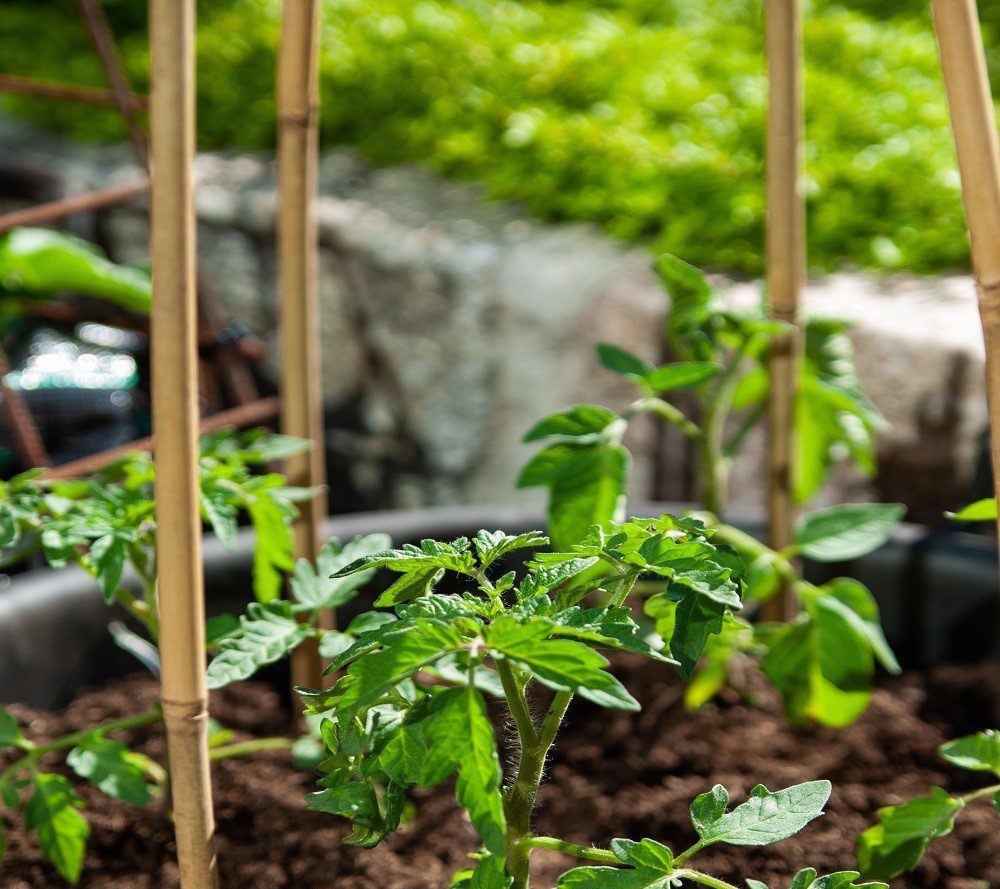
5. Planting and maintaining a vertical garden
Planting and maintaining a vertical garden is a great way to save space and make the most of your green thumb. A vertical garden is any garden that is constructed vertically and can be created out of almost any material — from wood and metal to plastic and fabric.
Bamboo is the perfect choice for a vertical garden. with this plant’s superior durability. Discover the incredible lasting power of bamboo and create your very own vertical garden! The steps on how to make a vertical garden from bamboo are uncomplicated, and you’ll be amazed at how much use you’ll get out of this beautiful, biodegradable material.
When planning your vertical garden, consider the amount of sunlight your plants will receive and how much maintenance will be required. Consider using a variety of plants with different shapes, sizes, and colors, and make sure to keep them watered and fertilized. With a splash of creativity and a willingness to experiment, you can create an awe-inspiring vertical garden that will bring beauty, life, and art to your space.
Whether you are a green-fingered master or a gardening novice, you can enjoy the joy of growing your own vertical garden. With some crafty ideas, a few inexpensive supplies, and a bit of effort, you can transform a plain wall into a vibrant vertical garden. And whether you opt for a fully-fledged green wall or just a few hanging pots, the resulting greenery will bring a unique touch of life and color to your home.
Get creative, get inspired, and get ready to bring your wall to life!
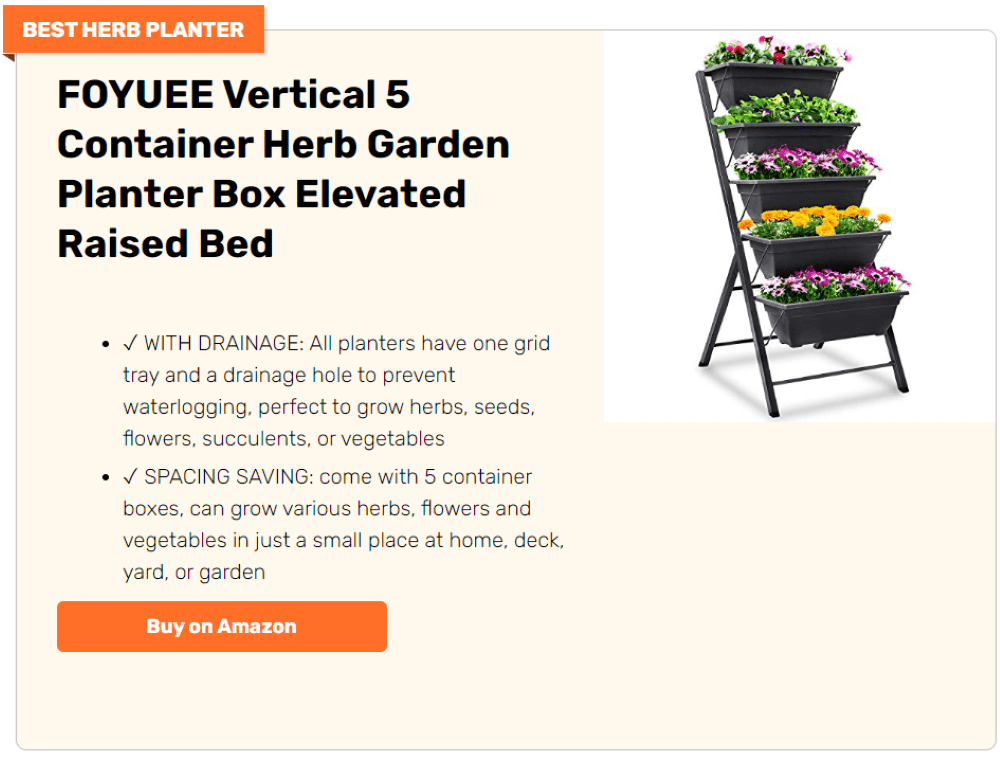
6. Combining plants for a successful vertical garden
Combining plants for a successful vertical garden is a great way to add variety and beauty to your garden. The best combination of plants depends on the size of your garden and the amount of light available. Consider grouping plants of different heights, colors, and textures together to create a unique look.
Make sure to group plants with similar watering needs in the same area, so that you can water them together efficiently. And, don’t forget to include some climbing plants to add vertical interest and create walls of foliage and flowers. With the right combination of plants, you can create a beautiful vertical garden that will bring life to your space.
7. Choosing the ideal location for a vertical garden
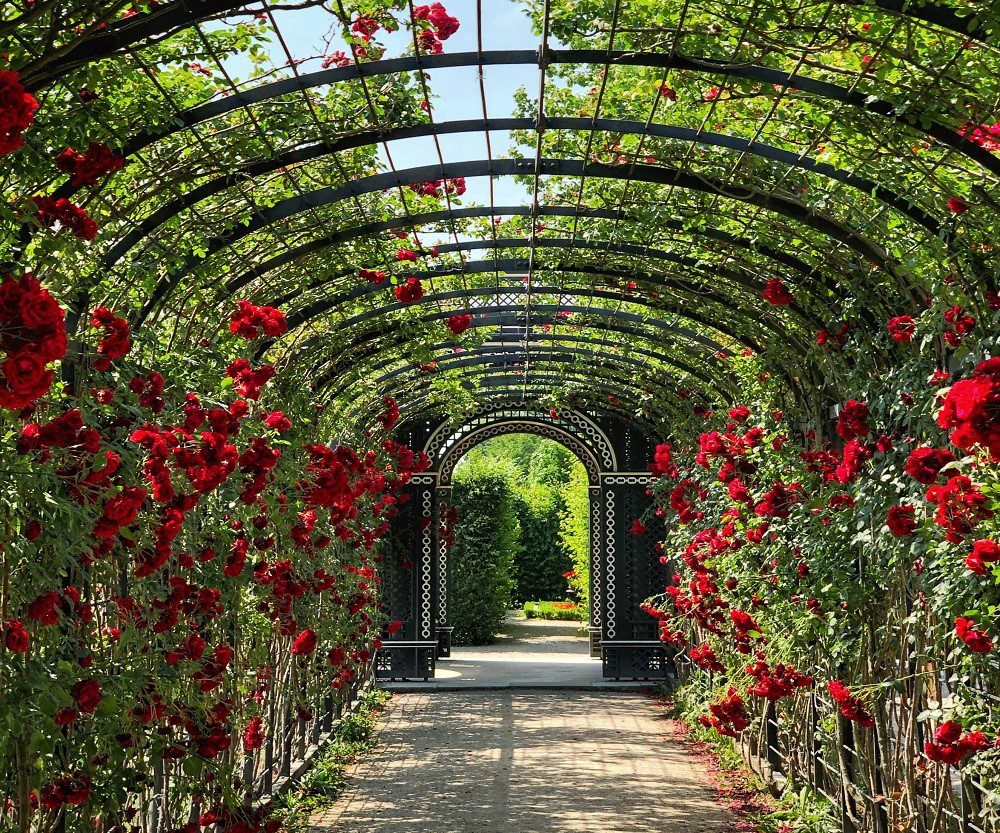
When setting up a vertical garden, one of the most important elements to consider is the location. You want to choose an area that has enough sunlight and is close to a water source. Look for a wall or structure that faces south, as that will get more sunlight.
If you’re looking to add a bit of greenery to your indoor space, there’s nothing quite like a vertical garden! It’s a great way to add some natural beauty to any area, but before you get started, make sure you have enough space and the proper conditions for your plants to thrive.
The area should be well-ventilated and receive plenty of natural sunlight. If your indoor area is prone to a lot of shadows, you likely need to supplement with additional artificial lighting. And, make sure your vertical garden is placed near a window or other source of natural light, as this will help your plants grow lush and healthy. Be also mindful of your garden’s proximity to other plants and trees, as those can be sources of competition for water and nutrients.
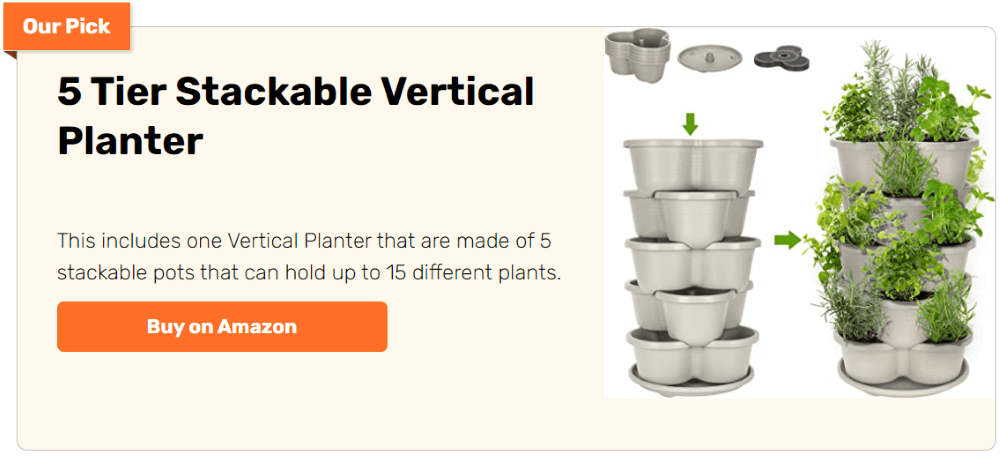
8. Utilizing a vertical garden to conserve energy
Vertical gardens are an ideal way to conserve energy while also creating an attractive and visually stimulating living space. By utilizing vertical gardens, we can reduce our dependence on electricity by harnessing nature’s power in the form of sunlight. By strategically placing plants on a vertical surface, we can maximize sun exposure and reduce the need for artificial light sources, which require significant energy to operate.
Needless to say, vertical gardens can help to cool the air in the summer months, reducing the need for air conditioning units and their associated energy costs. Ultimately, vertical gardens are a perfect way to reduce our energy consumption and create a natural environment in our homes and businesses.
The Takeaway
Overall, vertical gardens are an innovative and sustainable way for homeowners and businesses alike to bring nature into their lives. Not only do they bring a unique aesthetic element to any outdoor or indoor space, but they can also provide a cost-effective alternative to traditional landscaping.
As the trend of green roofs, living walls, and urban gardening continue to grow, vertical gardens will continue to be an attractive and efficient way to bring nature into our homes and businesses.
Is vertical gardening something you’d be interested in? Most likely!

